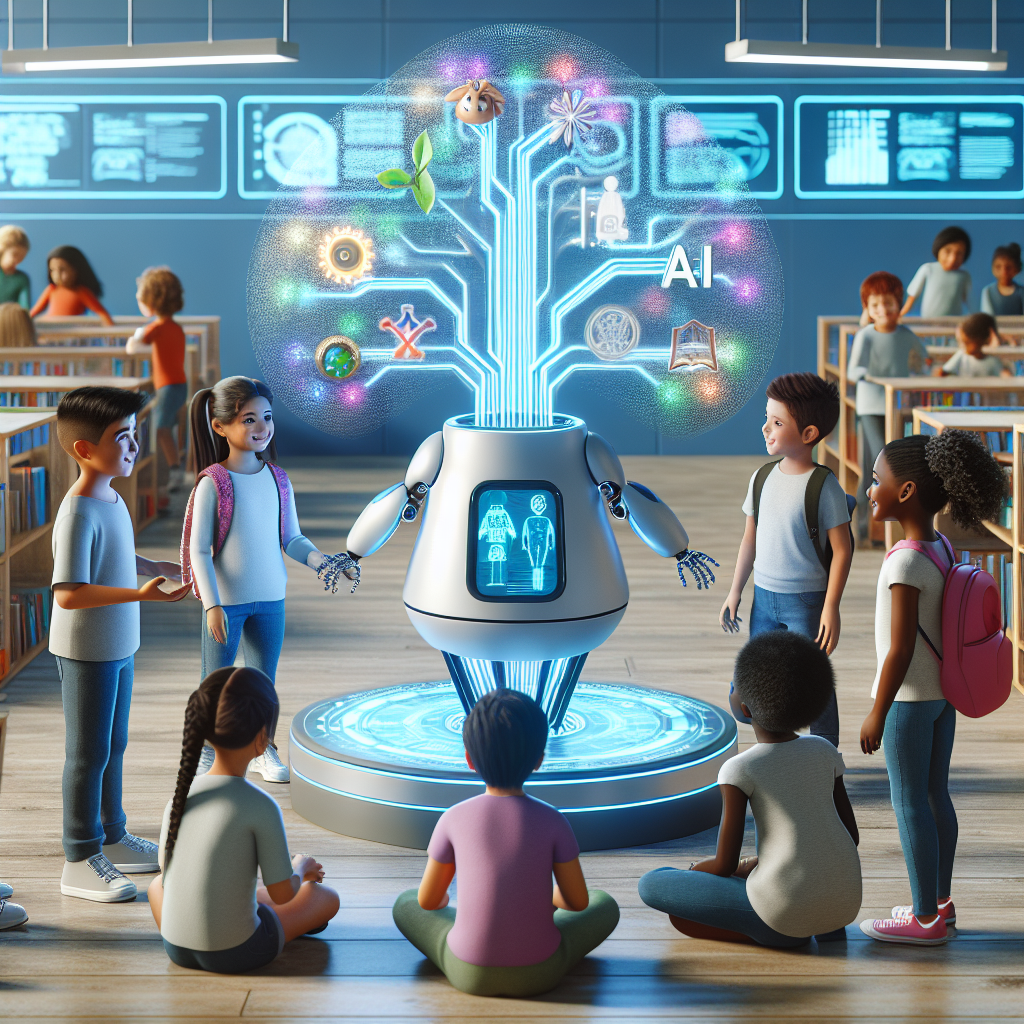In recent years, the use of artificial intelligence (AI) has become increasingly prevalent in various sectors, including education. One area where AI has shown great potential is in promoting inclusive education for all students, regardless of their background or abilities.
Inclusive education refers to the practice of ensuring that all students, including those with disabilities or special needs, are given equal opportunities to learn and succeed in the classroom. AI technology can play a crucial role in facilitating this by providing personalized learning experiences, removing barriers to education, and fostering a more inclusive learning environment.
One of the key benefits of leveraging AI for inclusive education is its ability to provide personalized learning experiences for students. By using machine learning algorithms, AI can analyze student data and create customized learning plans tailored to each individual’s strengths, weaknesses, and learning styles. This level of personalization can help students who may struggle with traditional teaching methods to better engage with the material and achieve academic success.
Furthermore, AI can also help to remove barriers to education for students with disabilities or special needs. For example, AI-powered tools like speech recognition software can assist students with dyslexia or other learning disabilities in completing written assignments. Similarly, text-to-speech technology can help students who are visually impaired to access course materials in a more accessible format.
In addition to providing personalized learning experiences and removing barriers to education, AI can also promote inclusivity by fostering a more collaborative and interactive learning environment. For example, AI-powered chatbots can provide real-time support to students who need help with their coursework, enabling them to ask questions and receive immediate feedback. This can help to create a more inclusive classroom environment where all students feel supported and valued.
Overall, leveraging AI for inclusive education has the potential to revolutionize the way we teach and learn, making education more accessible and equitable for all students. However, there are also some challenges and considerations to keep in mind when implementing AI in the classroom. Some of these include concerns about data privacy, the need for teacher training and professional development, and the potential for AI to exacerbate existing inequalities in education.
Despite these challenges, the benefits of leveraging AI for inclusive education far outweigh the risks. By harnessing the power of AI technology, we can create a more inclusive learning environment that empowers all students to reach their full potential. As we continue to explore the possibilities of AI in education, it is essential to prioritize inclusivity and ensure that all students have equal access to the benefits of this transformative technology.
FAQs:
1. How can AI technology help promote inclusive education?
AI technology can help promote inclusive education by providing personalized learning experiences, removing barriers to education for students with disabilities, and fostering a more collaborative and interactive learning environment.
2. What are some examples of AI-powered tools that can assist students with disabilities?
Examples of AI-powered tools that can assist students with disabilities include speech recognition software for students with dyslexia, text-to-speech technology for students who are visually impaired, and chatbots for real-time support.
3. What are some challenges to consider when implementing AI in the classroom?
Some challenges to consider when implementing AI in the classroom include concerns about data privacy, the need for teacher training and professional development, and the potential for AI to exacerbate existing inequalities in education.
4. How can we ensure that AI technology is used in an inclusive and equitable manner in education?
To ensure that AI technology is used in an inclusive and equitable manner in education, it is essential to prioritize inclusivity, provide training and support for teachers, and carefully consider the potential impact of AI on students with diverse backgrounds and abilities.

